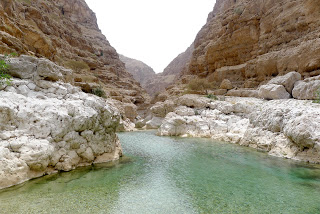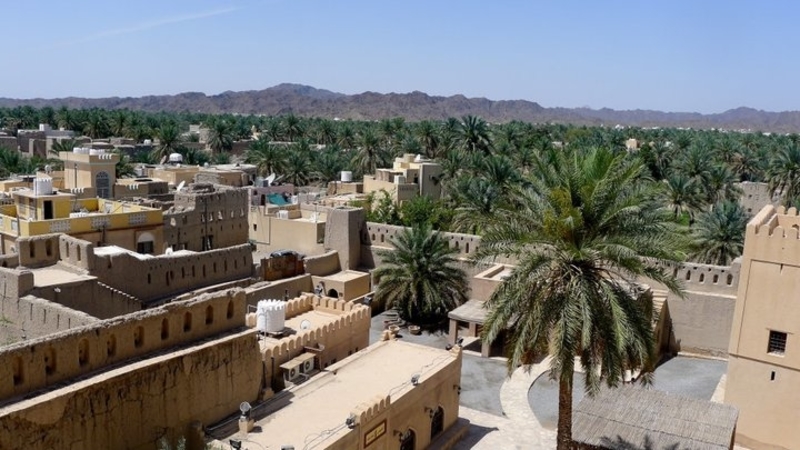
Travel to Oman: The Jewel of Arabia
Before traveling to Oman, I knew next to nothing about the country.
Sure, I could locate it on a map, name the capital and recognize it as part of the Arab world, but I had no idea what a hidden gem that I would find on the easternmost tip of the Arabian Peninsula.
If Oman were located somewhere outside the Middle East, I have no doubt that it would draw significant numbers of tourists to its beautiful deserts, wadis and coastline.
Yet geographical positioning matters. Despite the fact that Oman is safe and contains a plethora of things to do in Oman, the country’s position in the Middle East has unfairly associated it with violence and war. And because so many tend to focus on the news-grabbing headlines from the region, the ordinary lives and peaceful places have become invisible.
For tourists, of course, this is a benefit. The country’s wealth of attractions lie firmly off the trodden tourist trail, meaning that many of the most beautiful places in Oman are largely crowd-free.
Beautiful Places to Visit in Oman
I spent a week in Oman during my travels to the Middle East. In contrast to the skyscrapers, high-end fashion and shopping malls that define Dubai, I found Oman to be a country rooted in its Arabian culture and tradition. Throughout my weeklong stay, the country welcomed me with its astonishing natural beauty and friendly locals.
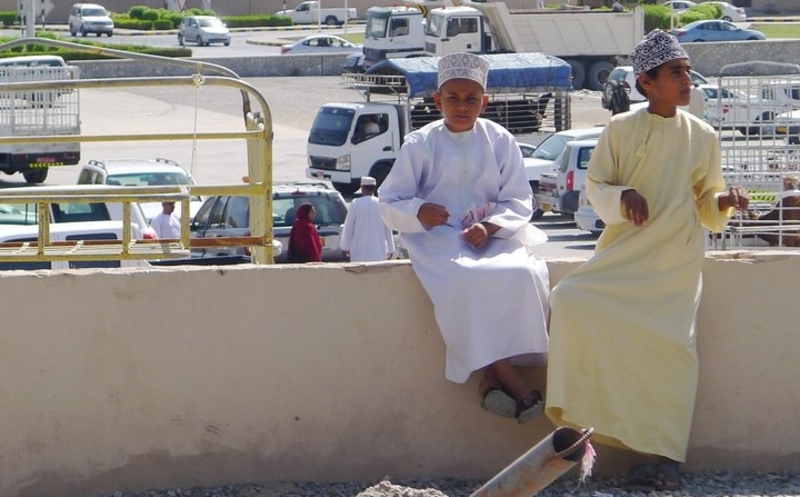
Boasting jagged canyons, historical forts, colorful marketplaces and turtle-studded beaches, I could hardly think of a place with more undiscovered beauty.
Muscat: The Capital of Oman
We spent our first evening wandering around the colorful souk at Mutrah and strolling down the waterfront Corniche. Muscat is a pleasant city full old forts, colorful markets, leafy parks, and age-old Arabian charm.
-
Mutrah Souk and Corniche
The Mutrah Corniche is Muscat’s pleasant waterfront promenade. Nearby, the souk is perhaps the city’s largest tourist draw. In the Mutrah Souk, shops selling Omani and Indian artifacts fill a maze of modern walkways. Bargaining is expected in the market, although discounts tend to be small and prices are far higher than in some Middle Eastern countries.
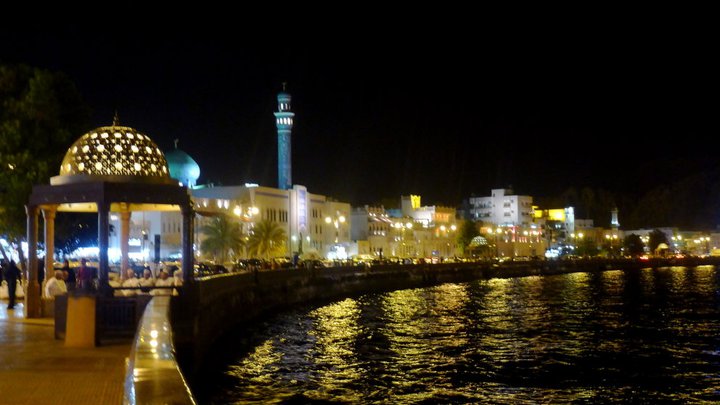
Though my friends and I had a limited budget, we enjoyed window shopping in the souk and soaking in the aroma of frankincense and spices.
-
The Sultan Qaboos Grand Mosque
Aside from the waterfront, the Sultan Qaboos Grand Mosque is undoubtedly the top places to visit in Muscat.
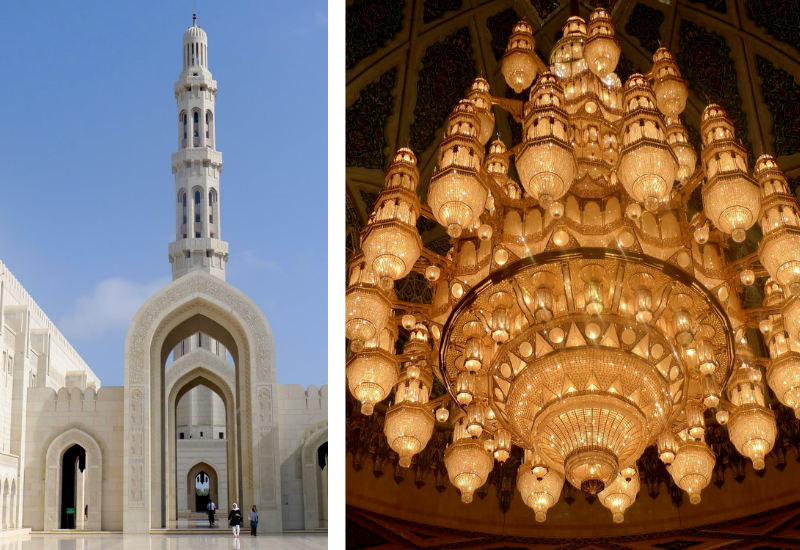
Sur Oman
We only spent one night in Muscat before heading south to Sur, a picturesque port city in Oman that acted as a base for much of our subsequent sightseeing. From Sur, we would visit the famous turtle-nesting site of Ras al Jinz and the surrounding beaches and wadis.
-
The Sur Port
Sur is an important city along the Arabian Sea. To this day, it is famous for the construction of traditional Arabian dhows that once played a large role in Oman’s imperial history.
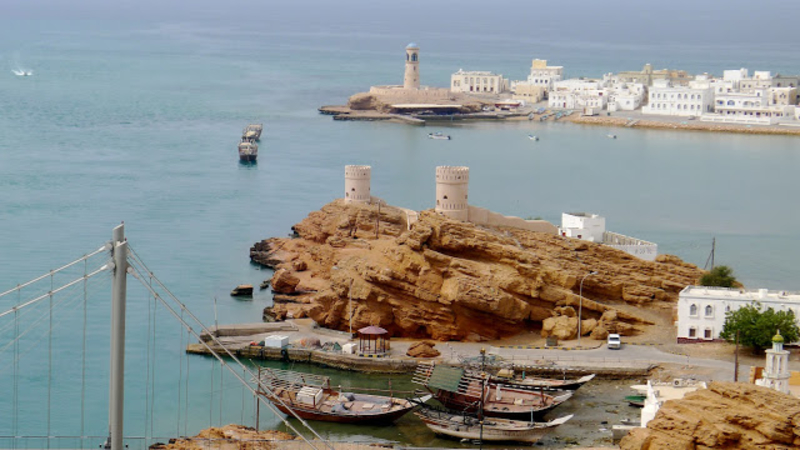
Oman has historically been a seafaring nation and the wooden dhow played a central role in trade along the Arabian, Indian and East African coasts. By the end of the 18th century the Omanis were in control of a very large empire that extended the length of much of East Africa. It was led by Sultan Said bin Sultan, who ruled both Mombasa in Kenya and Zanibar in modern-day Tanzania.
-
Ras Al Jinz Beach
Visiting the Ras Al Jinz Turtle Reserve is the main reason we traveled to Sur. The reserve is one of the largest Green Sea Turtle nesting sights in the world. Visiting it is one of the top things to do in Oman.
In order to protect the turtles, we were only able to visit the site in a guided group and at specific times of day. The tours run daily, either before sunrise or after sunset. We decided to take the night tour so that we could sleep in the next morning and enjoy a full day at Wadi Shab.
Despite the fact that we visited the beach in a group of about twenty people, the experience was surreal and magical. I walked barefoot across the soft sands and could hear nothing but the waves crashing against the shore. All of the other visitors walked quietly, hardly whispering to one another.
A giant turtle, estimated to have weighed 75 kilos was digging a nest. She heaved sand over her back as she burrowed deeper and deeper into the hole she had created. She was beautiful and her shell was intricately decorated with different shades of green and splashes of black.
I wish I could have taken a picture, but it was not allowed during evening visits because the flash of a camera can harm the turtle’s eyes.
Satisfied that I had been able to see a turtle, I began to walk back. Yet, all of a sudden we heard our guide call out for us to hurry over to the water. I walked to where he was pointing his flashlight and saw a handful of baby turtles scampering across the sands to the sea.
Oman’s Wadis
Since we were already in Sur, we decided to hire a driver for the day in order to visit some of the country’s wadis and natural highlights. Along the way, we stopped at other Oman attractions, including Wadi Tiwi and the Bimmah Sinkhole.
-
Wadi Tiwi
Wadi Tiwi is a spectacular diversion from the highway en route to Wadi Shab. Unfortunately, while we were in Wadi Tiwi, a road into the valley was under construction. As a result, slabs of new concrete disrupted the beautiful scenery, while construction noise interrupted the surrounding tranquility.
Yet, nonetheless, the area is stunning. The tall cliffs of the wadi overlook deep green pools of water and are dotted with small Bedouin villages. These villages lay on the edge of plantations that are terraced into the rocks.
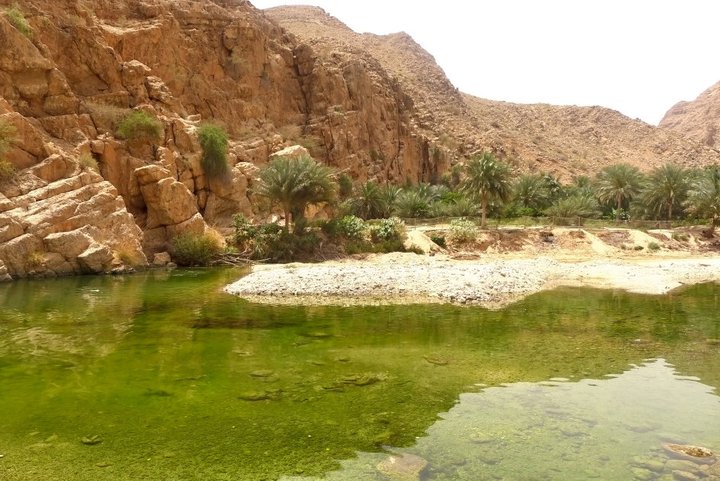
We wandered up to one of them and sat in the shade of a banana tree as we took in the view. All around us, various types of palms and fruit trees created a green canopy overhead. A small irrigation canal (falaj) gathers water from the wadi and bisects the plantation. It is hard to imagine that this bit of fertile ground lies in the middle of such unforgiving terrain.
Irrigation System in Oman’s Wadi Tiwi
-
Wadi Shab
After a bit of time wandering through the palm-covered plantations of Wadi Tiwi, we proceeded to Wadi Shab, which was undeniably one of the top things to see in Oman. Unlike Wadi Tiwi, there is no road that cuts through Wadi Shab, and the only way to visit the place is by a combination of hiking and swimming.
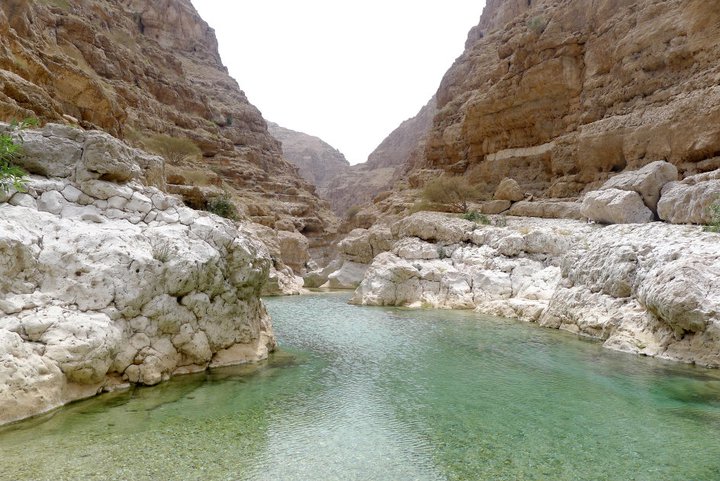
Turquoise and blue freshwater pools lined with vibrant green palm trees run the length of the valley floor and jagged, copper-colored cliffs create a jaw-dropping backdrop.
The Bimmah Sinkhole
On our return trip from Wadi Shab to Sur, we stopped briefly at the Bimmah Sinkhole. A popular stop on Oman’s budding tourist circuit, the Bimmah Sinkhole is a natural swimming hole that is as beautiful as it is peculiar. The Bimmah sinkhole a circular crater that was created by limestone that collapsed on itself and has since filled with groundwater from the nearby sea.
Local legend has it that a piece of moon collided with Earth to create a hole. The sinkhole is so deep that it is black in some places, though the varying depths create a beautiful palette of colors.
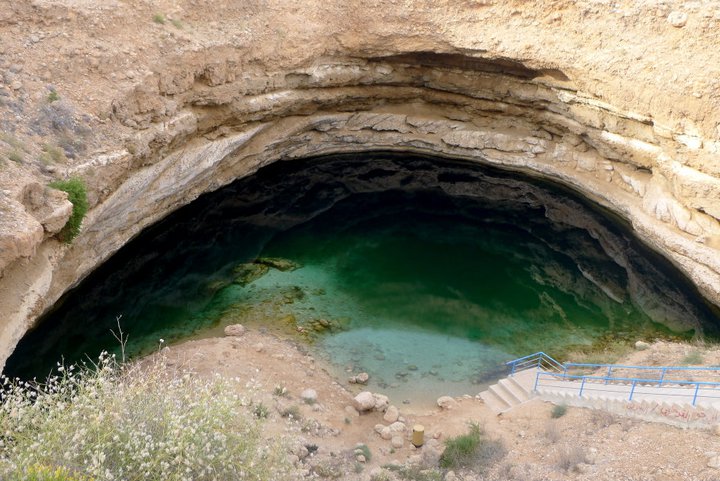
We spent a little bit of time swimming around in the water and my friends and I enjoyed a natural pedicure from the tiny fish that chewed the dead skin on our feet and legs.
Nizwa Oman
Nizwa makes for the perfect day trip from Muscat. Nizwa is a picturesque city that has been deemed both the religious heart of the country as well as the artisans’ capital. Famed for its sprawling souk, the city of Nizwa is a great place to shop for Omani handicrafts and get a taste for the country’s artistic heritage.
-
The Nizwa Souk
The main souk lies in the heart of the town, adjacent to the mosque. The extensive marketplace is dedicated mostly to fruit, vegetables and meat. However, large sections of of the market are dedicated to handicrafts that are particularly enticing to passing tourists.
Nizwa is most famous for its silverwork and intricately designed Kanjar swords.
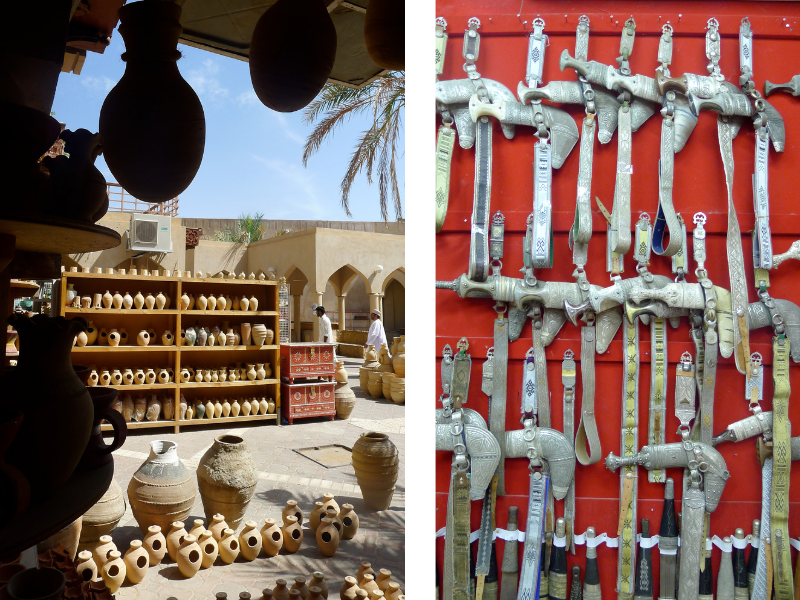
Unfortunately, the unfavorable exchange rate made shopping a rather painful ordeal, so I decided to put my desire for pretty objects aside and merely look around.
-
The Friday Livestock Market
Though the Nizwa market is a daily affair, I recommend visiting the city on Fridays, when the weekly animal market takes place.
Nizwa is well-known for its animal souk at which people from around the country convene every Friday morning to auction off their cows and goats.
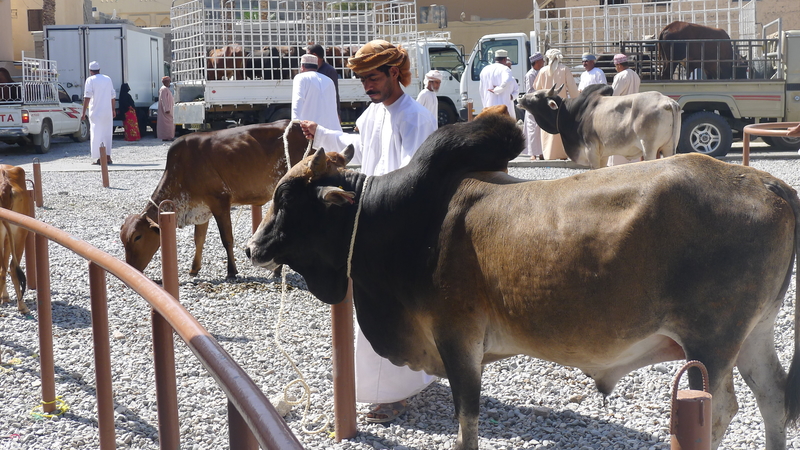
Much like the animal market near Lake Issyk Kul in Kyrgyzstan or the camel market in Sudan, the Nizwa animal souk is a fascinating place to visit. It offers a taste of Omani life that few tourists get to experience.
-
The Nizwa Fort
After a bit of time meandering around the souk, we climbed to the top of the Nizwa Fort for a panoramic view of the surrounding area.
Built in the 17th century by Sultan Bin Saif Al Yaruba, the Nizwa Fort is famed for its distinctive 40 meter round tower. By climbing to the top of the tower, my friends and I were rewarded with views of the surrounding date plantations and and purple-hued Hajar Mountains.
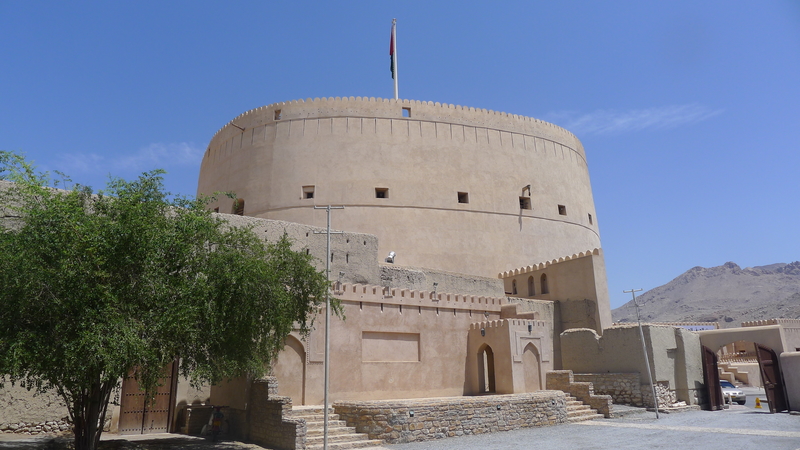
It was a pretty sight and the sea of green palm trees was a welcoming change from the various shades of orange and brown that have characterized so much of the Middle Eastern landscape.
***
Oman is one of the Middle East’s most underrated countries. It is at once modern, yet rooted in its past and traditions. Oman may not be a mainstay on travel bucket lists, but I believe it is only a matter of time before tourists realize the beauty that lies in the heart of Arabia.
